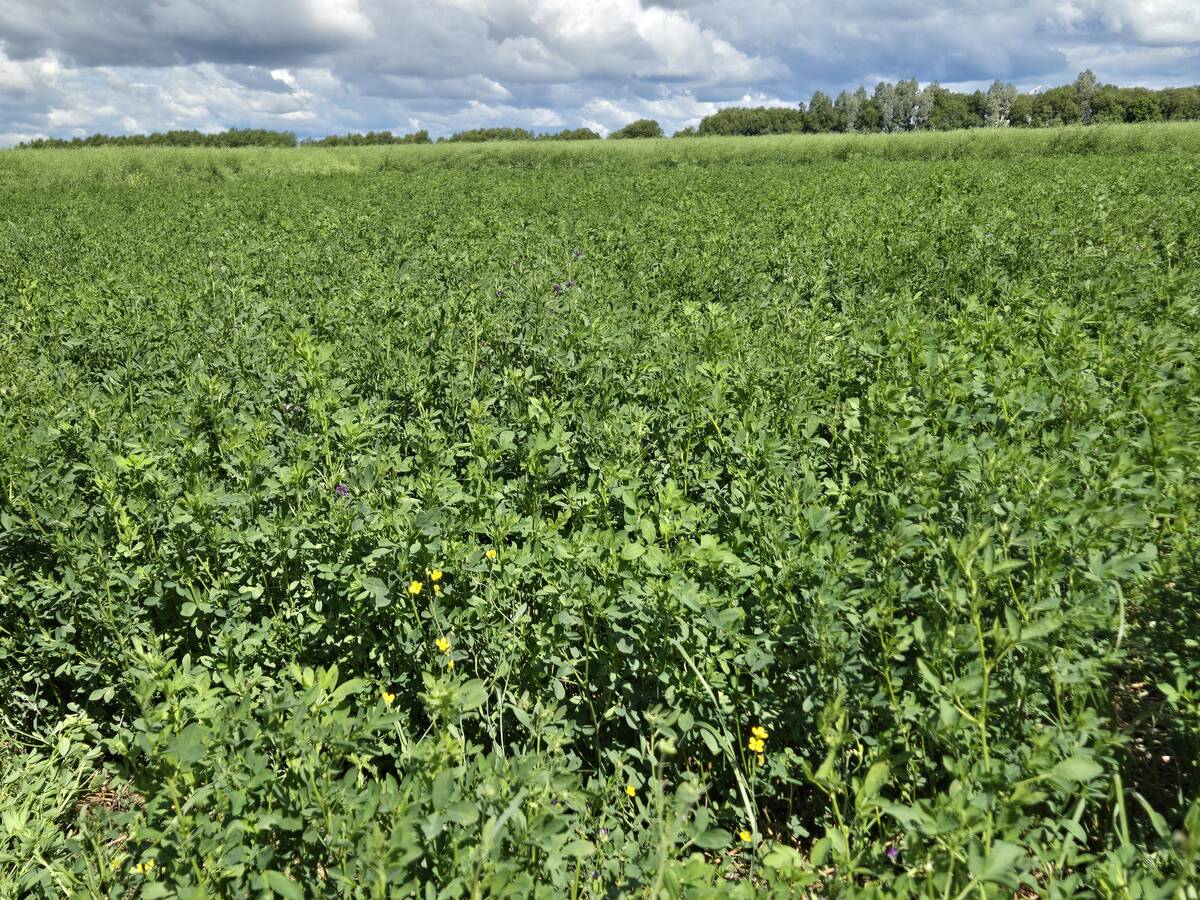Foliar applications of nutrients could boost crops in moist Manitoba fields.
Joe Tindall, general manager of Nexus Ag in Saskatoon, said excess water in Manitoba is pushing soil-applied granular fertilizer down beyond the reach of plant roots.
He said foliar applications delivered through a crop sprayer is a low-cost solution that helps the plants until their roots stretch deeper.
“It’s a management tool. I think there’s a good future for it,” he said.
It already is used to boost crops diagnosed with problems like copper deficiency, or to increase yields on promising cereal crops or high value specialty crops. It is also used extensively overseas.
Read Also

Manitoba Parkland research station grapples with dry year
Drought conditions in northwestern Manitoba have forced researchers at the Parkland Crop Diversification Foundation to terminate some projects and reseed others.
“Farmers in Europe do not go across the field with protection without a feed product,” he said.
Similarly, U.S. irrigators are putting less fertilizer in up front and more through fertigation, running fertilizer with irrigation water on an as-needed basis.
John Heard, soil fertility specialist with Manitoba Agriculture in Carman, said foliar spray is a recommended practice for a nutrient-deficient crop. It works well to apply copper to wheat and zinc to corn in Manitoba, but is only a short-term solution.
“It’s a one year thing,” he said, noting perennial nutrient shortages need soil treatments.
Chad Krikau of Wendland Ag in Rosthern, Sask., said foliar spraying is often done in Saskatchewan on grazing and silage corn, canola and wheat.
“It feeds the plant at times when it needs a certain nutrient. Every plant has needs at different stages of growth,” he said.
Consider value
Krikau said the spray is used to boost yields, so most growers wait to see what the crop looks like before investing in it.
Copper is deficient in many cereals in the heavily farmed black soil zones, said Doug Penney, a soil fertility consultant.
The rate of application is low in foliar applications, so the cost is fairly low too.
While soil treatments use about three to five pounds of copper and run $20-$30 per acre, foliar applications use about one-quarter pound and cost just a few dollars per acre.
Timing is critical, said Penney, noting it must be applied before the heading stage.
With recent rain in many areas brightening crop outlooks, foliar spraying gives farmers an opportunity to apply a top dressing of nitrogen, he said.
“There’s a lot of growth still to happen. In-season applications can be very effective.”
















